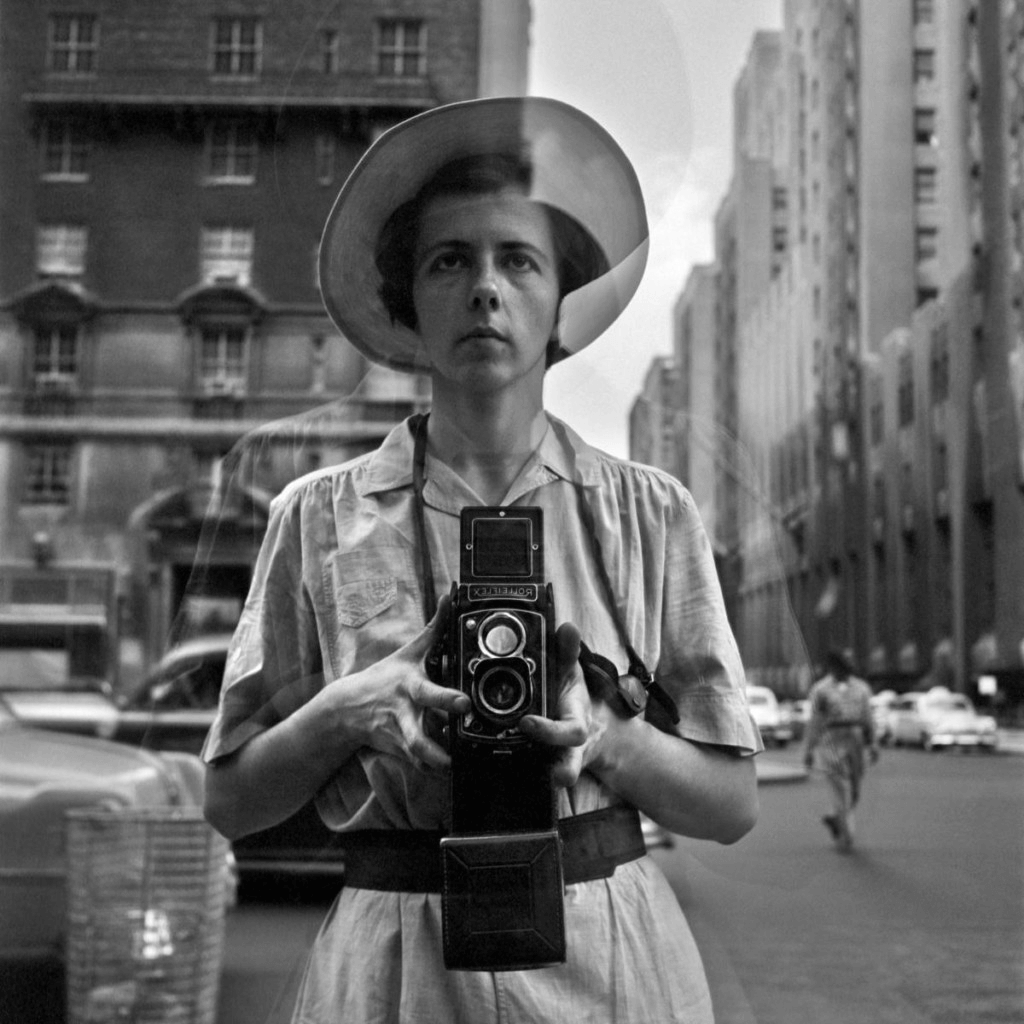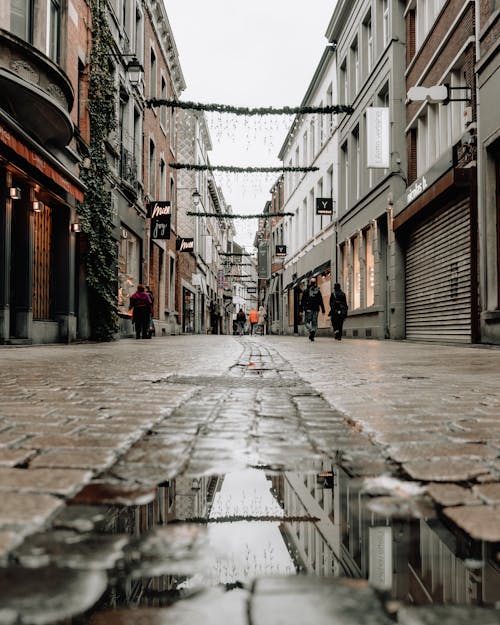Framing Streets for Beginners
Wiki Article
Framing Streets - Questions
Table of ContentsThe Ultimate Guide To Framing StreetsNot known Factual Statements About Framing Streets Some Known Facts About Framing Streets.The Main Principles Of Framing Streets The smart Trick of Framing Streets That Nobody is DiscussingThe Only Guide to Framing Streets
, generally with the goal of capturing images at a definitive or touching moment by mindful framing and timing. https://pxhere.com/en/photographer/4162802.
His boots and legs were well defined, yet he is without body or head, because these were in activity." Charles Ngre, waterseller Charles Ngre. https://www.anyflip.com/homepage/fdjwn was the very first professional photographer to achieve the technical refinement needed to sign up individuals in motion on the road in Paris in 1851. Professional Photographer John Thomson, a Scotsman dealing with journalist and social activist Adolphe Smith, released Road Life in London in twelve regular monthly installments starting in February 1877
The smart Trick of Framing Streets That Nobody is Talking About
Eugene Atget is considered as a progenitor, not because he was the very first of his kind, yet as an outcome of the popularisation in the late 1920s of his record of Parisian streets by Berenice Abbott, who was influenced to carry out a comparable documentation of New york city City. [] As the city created, Atget helped to advertise Parisian streets as a worthwhile topic for digital photography.
The Definitive Guide for Framing Streets
The chief Mass-Observationists were anthropologist Tom Harrisson in Bolton and poet Charles Madge in London, and their very first record was generated as guide "May the Twelfth: Mass-Observation Day-Surveys 1937 by over 2 hundred observers" [] Window cleaner at Kottbusser Tor, Berlin, by Elsa Thiemann c. 1946 The post-war French Humanist School photographers discovered their subjects on the road or in the bistro. In between 1946 and 1957 Le Groupe des XV every year showed job of this kind. Andre Kertesz. Circus, Budapest, 19 May 1920 Street photography developed the significant content of 2 exhibitions at the Gallery of Modern Art (Mo, MA) in New york city curated by Edward Steichen, Five French Professional Photographers: Brassai; Cartier-Bresson, Doisneau, Ronis, Izis in 1951 to 1952, and Post-war European Photography in 1953, which exported the idea of road photography globally.
The Basic Principles Of Framing Streets
The recording device was 'a covert cam', a 35 mm Contax concealed underneath his layer, that was 'strapped to the breast and attached to a lengthy cable strung down the right sleeve'. Nevertheless, his work had little modern effect as because of Evans' level of sensitivities about the creativity of his project and the personal privacy of his topics, it was not published until 1966, in the publication Several Are Called, with an intro written by James Agee in 1940.Helen Levitt, then an educator of kids, related to Evans in 193839. She recorded the transitory chalk drawings - photography presets that were part of kids's street society in New York at the time, in addition to the children that made them. In July 1939, Mo, MA's brand-new photography section included Levitt's work in its inaugural exhibitRobert Frank's 1958 book,, was substantial; raw and typically indistinct, Frank's photos questioned traditional digital photography of the time, "tested all the official guidelines put down by Henri Cartier-Bresson and Pedestrian Evans" and "contradicted the wholesome pictorialism and wholehearted photojournalism of American publications like LIFE and Time".
Report this wiki page